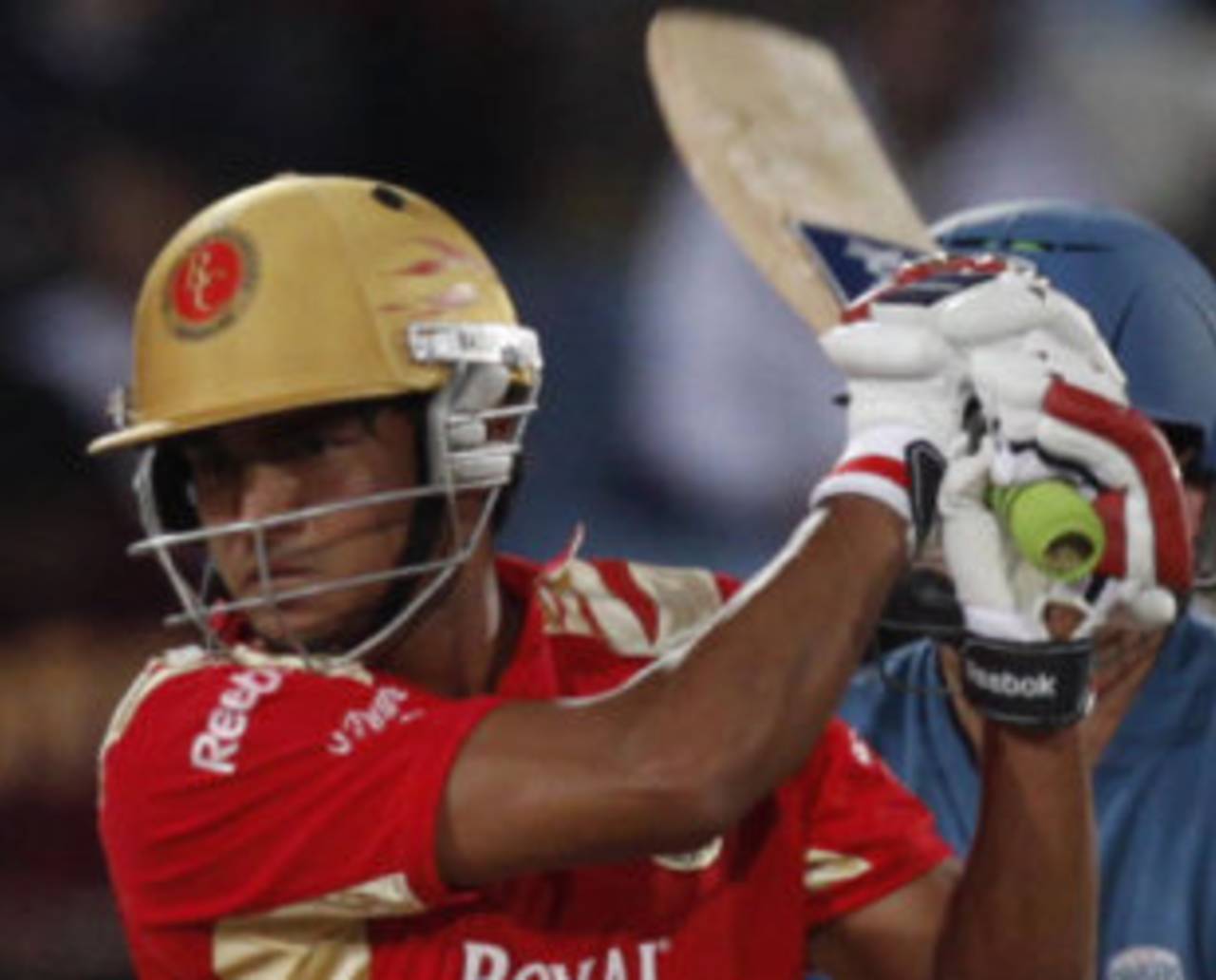The 50-over format has been around for so long that players and fans have a pretty good idea of how an innings usually progresses: the first couple of overs are used by batsmen to get their eye in, after which they try to make full use of the fielding restrictions during the Powerplay overs; thereafter, the middle overs are usually a time to consolidate the early gains, before the final slog in the last eight to 10 overs.
The Twenty20 format, though, is so condensed that it's far more difficult to arrive at distinct stages of an innings. Since batsmen attempt to score boundaries almost throughout, do the Powerplay overs really yield a lot more runs than the middle overs? And when do teams really push the accelerator towards the end of their innings? Here's an attempt to find the answers, by looking at the over-wise stats in IPL 2010.
Most of the numbers below are along expected lines: batsmen take an over to get started before trying to make good use of the Powerplays, there's a brief period of consolidation in the middle, and the last four overs are when teams really turn it on. Some of the key points are mentioned below:
The most wickets have obviously fallen towards the end of the innings, but excluding the last four overs, the 11th over is the one in which the most wickets have fallen. Forty-two have tumbled in this over, compared with 31 and 33 in the overs before and after it. (If anyone has any specific ideas on why this might have happened, please write in.)Digging deeper at that 11th over syndrome, it's strange to see that all teams except Chennai have succumbed to it. Chennai have lost only one wicket in the 11th, averaging more than eight-and-a-half per over, but the others have all lost at least four wickets, with Punjab, Deccan and Rajasthan losing seven.
From the over-wise stats in the first table, it's possible to split the 20-over innings into four parts, based on the run rates. During the Powerplays, teams have averaged round eight runs per over, which drops to about seven-and-a-half between overs seven and 12. Teams pick it up again to around eight per over between 13 and 16 - note that the run rate during this period is exactly the same as during the Powerplays, in IPL 2010. And then, after the 16th over - which is often after the second strategic time-out - teams have really turned it on, averaging more than 10 per over.
Overall, IPL 2010 has been much more high-scoring than the previous edition in South Africa, but the biggest difference between the two seasons is perhaps in the first-over stats. In 2009, the first over fetched 38 wickets - which was double the number from the previous year - while the run rate was less than a run a ball. In 2010 the numbers have gone back to the 2008 levels, with the run rate being higher this year.
The other amazing stat last year was the number of wickets that fell off the very first ball - there were 11 such instances in 2009. In 2010 it's happened only three times so far: in the very
first match, when Chaminda Vaas dismissed Manoj Tiwary; in the
13th game, when Kolkata's Ashok Dinda dismissed Michael Lumb of Rajasthan; and more recently when Ryan Harris nailed Manish Pandey in the
Deccan-Bangalore game in Nagpur.
